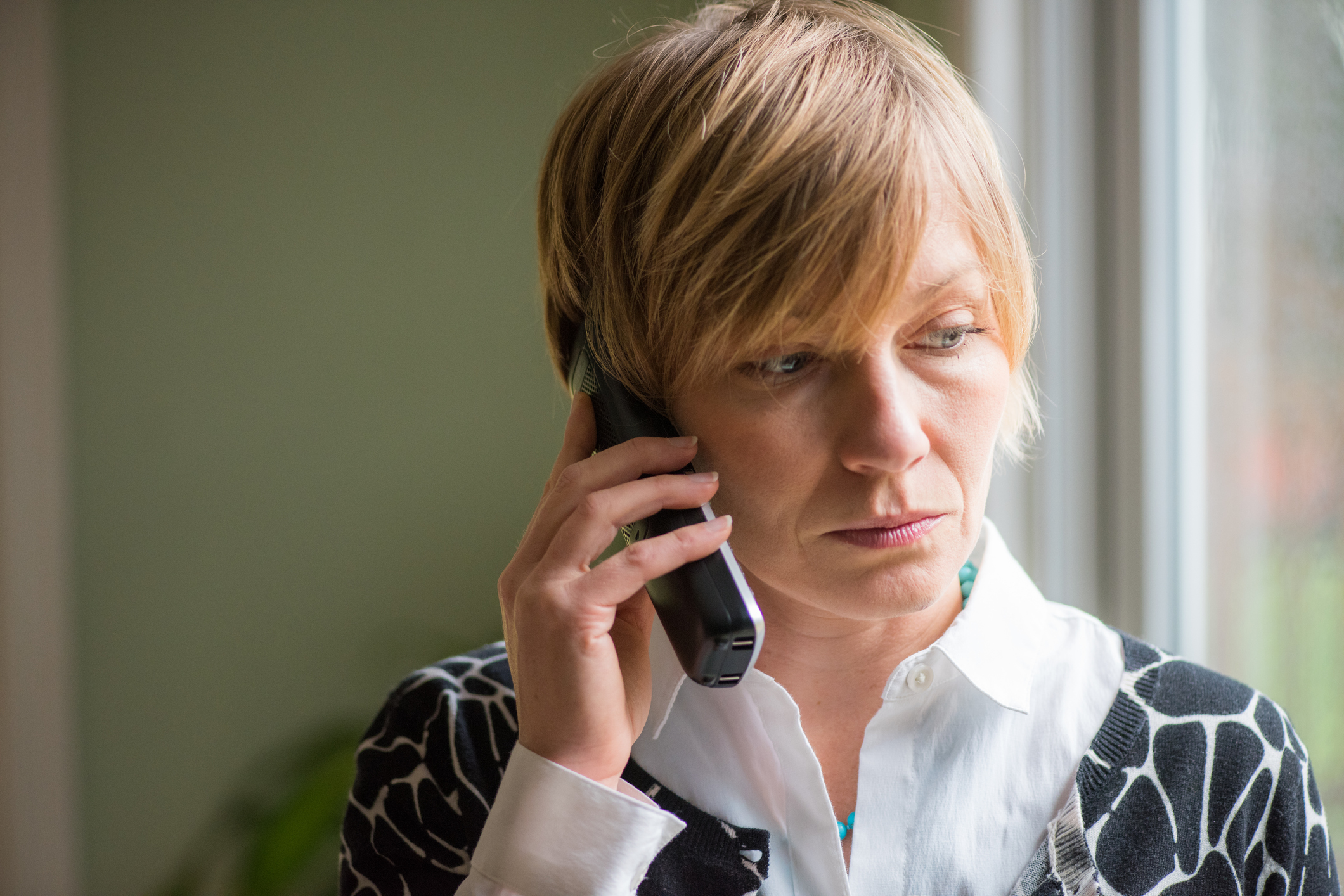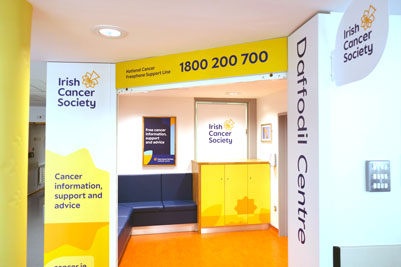Lumbar puncture for adults
This test collects cerebrospinal fluid (CSF), which floats around the brain and spinal cord. This fluid can then be tested to see if there are any cancer cells or infection present.
Preparing for the lumbar puncture
Your medical team will let you know about any preparations beforehand.
You should let your medical team know if you are taking any medications, as you may need to stop taking certain medications before the procedure.
Before you have the procedure, you will have to sign a consent form. The doctor will talk to you about the procedure and will answer any questions or concerns that you may have.
How will the lumbar puncture be performed?
This procedure can be performed in a general ward or outpatients. Local anaesthetic is used, which means that you will be awake for the procedure, but you should not be able to feel any pain.
You will be asked to lie on your side with your knees curled up under your chest or in a sitting position with your head bent forward. The doctor doing the procedure will tell you which position they want you to be in. It is important to stay as still as possible during the test.
Your skin will be cleaned with an antiseptic. The doctor will then inject local anaesthetic into the lower part of your back. This may sting a little. A thin needle will then be put into the space around your spinal cord - you may feel some pressure when the needle goes in. Once the needle is in place, a small amount of spinal fluid is withdrawn.
For some cancers, chemotherapy can be given into the spinal fluid after the sample has been removed. This is called intrathecal chemotherapy. This method can also be used to inject pain relief.
The doctor will then take the needle out and put a plaster or dressing on.
How long does it take?
The procedure usually takes 20-30 minutes, but can sometimes be longer.
After the test
You will not be allowed to sit up or get out of bed for 1–2 hours afterwards. This is to prevent headaches.
If you are experiencing headaches, tell the nurse so that they can give you painkillers. Lying flat and drinking fluids can help to relieve headaches.
If the procedure was done as an outpatient, generally you can go home on the same day.
When going home, the team should give you instructions on what to expect, how to look after yourself and who to contact if you have any problems. You should try to rest when you get home, drink plenty of fluids and try lying flat on your back if you are experiencing headaches.
Getting results
When the CSF fluid is taken, it is sent to the laboratory to be looked at under a microscope.
The results can take a couple of weeks to come back - your medical team can give you more information on this.
Related links



Talk to a Cancer Nurse

Support Line
Our Daffodil Centres

